
IT is no surprise that lethargy or fatigue may lead to poor performance or adverse behaviour in a horse, but the cause of the problem could be less obvious.
There are some horses who have a good reason to be tired, such as those in heavy work or those suffering from a clinical disease. However, there is also a subset of horses who seemingly have no reason to be lacking in energy; they aren’t obviously sick, lame or in pain. Some appear to get out of breath quickly while others take a long time to recover after exercise. Others just simply don’t seem to want to work. They may sweat excessively or not at all, and may even resent the rider’s efforts to encourage them by pinning their ears or bucking in response to the rider’s leg.
In many of these cases, there is an underlying reason for the horse’s lack of enthusiasm, which can be addressed to improve the horse’s disposition.
LIKE humans, not all horses are perfect athletic specimens. Throughout their life they may be plagued by various niggles that sometimes prevent them from performing optimally or enjoying their exercise. Perhaps a horse has poor conformation that makes his job a little harder, or maybe he has sustained mild injuries and wear and tear over the course of his career.
We need to work with each horse as an individual to prevent or address any problems that stop him from enjoying his work. When horses are not physically up to the work expected of them, we should question whether our expectations are realistic. Does this horse have the ability and the training to perform how I am expecting him to?
If the answer is yes, then there may well be a subclinical problem that is not severe enough to present observable symptoms. With an accurate diagnosis, we can often manage problems sufficiently to allow the horse to lead a happy and productive life. And the sooner we do, the more likely we are to be able to get.
Diese Geschichte stammt aus der October 31, 2019-Ausgabe von Horse & Hound.
Starten Sie Ihre 7-tägige kostenlose Testversion von Magzter GOLD, um auf Tausende kuratierte Premium-Storys sowie über 8.000 Zeitschriften und Zeitungen zuzugreifen.
Bereits Abonnent ? Anmelden
Diese Geschichte stammt aus der October 31, 2019-Ausgabe von Horse & Hound.
Starten Sie Ihre 7-tägige kostenlose Testversion von Magzter GOLD, um auf Tausende kuratierte Premium-Storys sowie über 8.000 Zeitschriften und Zeitungen zuzugreifen.
Bereits Abonnent? Anmelden

Gemirande provides 24-carat magic
Venetia Williams sparkles again in the December Gold Cup and jockey brothers dead-heat
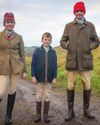
‘Happy hunting, everyone'
“The season for talks, dinners and parties has finally arrived for Tessa Waugh, whose distress about the snags of middle age fades away with some rousing festive spirits
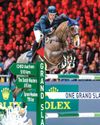
'Monaco deserved this victory
Seemingly destined always to play the bridesmaid’s role, Harrie Smolders’ great partner Monaco finally tops an incidentpacked Rolex grand prix
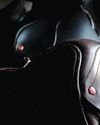
'It had to end sometime'
The closure of beloved Hampshire saddlery Calcutt Sons is a loss to the hunting and wider equestrian worlds, as Octavia Pollock reports

'You couldn't want for more
The Ludlow's peaceful country makes for a day in \"hunting paradise\"
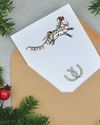
The greatest gift of all
Christmas is fast approaching and while we all like a bit of tinsel, the festive season is also a perfect time for giving to a horse charity. Niki Hinman finds out some of the options
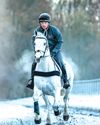
Winter him well
A horse's winter routine can differ dramatically from his summer structure but what’s the knock-on effect? Ellie Hughes asks vets how to optimise routine management for the season
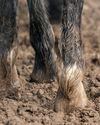
Neat feet
Excellent hoof care is a year-round concern but the winter months present their own problems. Richard Stephenson MRCVS explains the seasonal challenges afoot and how to stay one step ahead
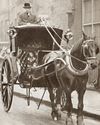
In bygone days
Modern vets have much scientific knowledge behind them, but what about their forebears? Kieran O’Brien MRCVS opens up the world of Victorian vets in London
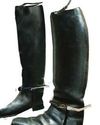
'When I joined the Pony Club it was just two boys and 48 girls'
Pepsi Kohler on being delightfully outnumbered by girls in the Pony Club, a leg-up from a royal and the H&H advert that changed his life